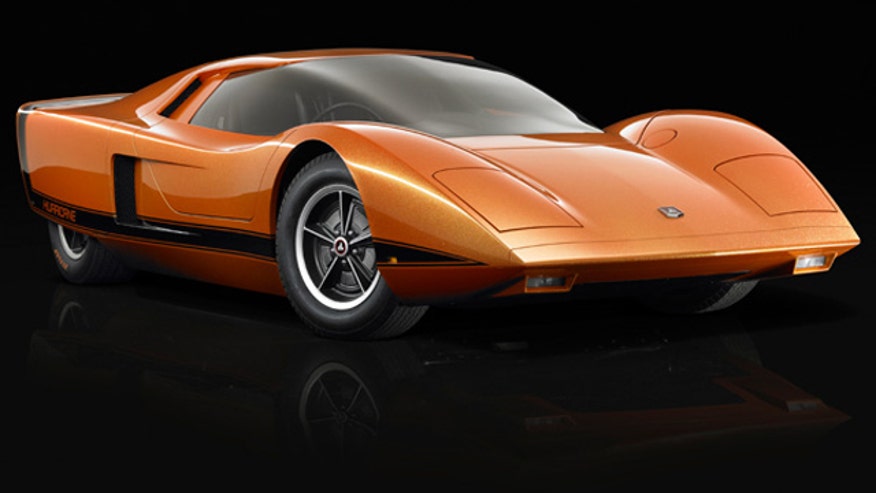The Dispute Between VW and Suzuki has Been Settled
The International Chamber of Commerce has ruled on the failed partnership between VW and Suzuki, VW will sell it's 19.9% stake in the company back to Suzuki.
In a statement from VW, "We welcome the fact that there is now clarity. The co-operation between the two companies has now been ended."
Osamu Suzuki said, "It was a precious experience." "l learned there are different types of companies."
At this time there has been no word on when the buyback will take place.













